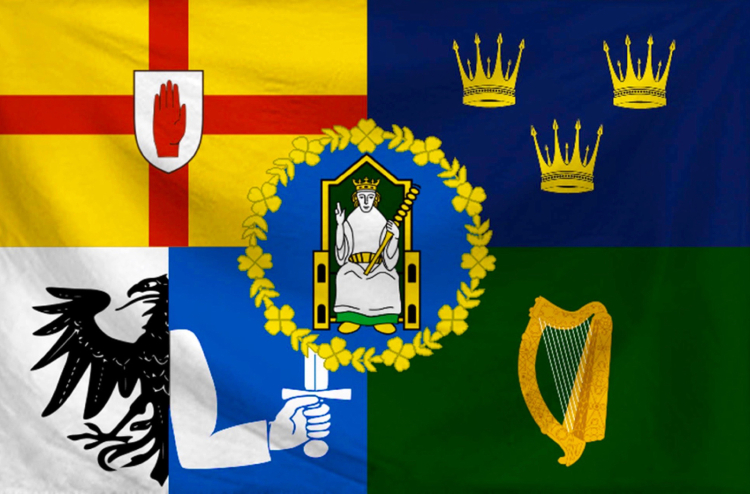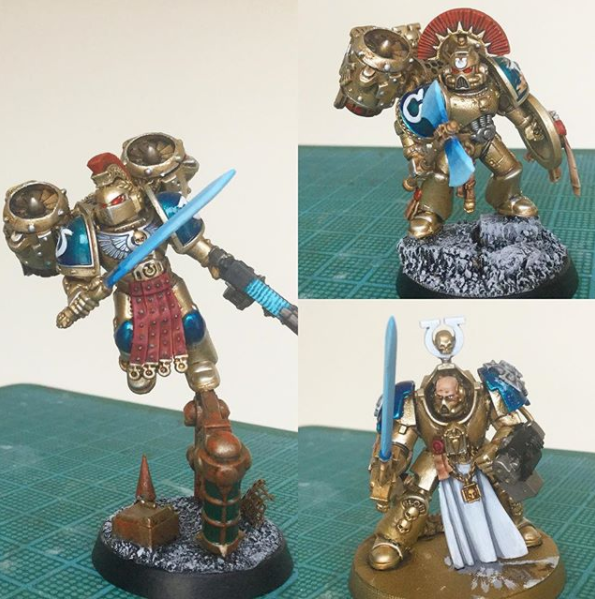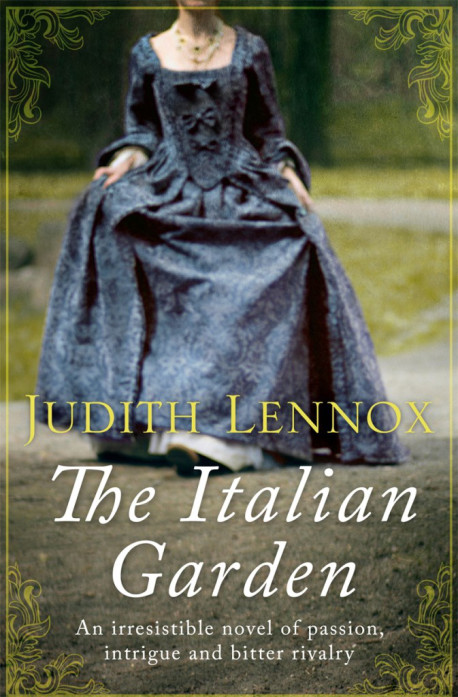The history of the High Kings of Ireland is one of the more significant parts of Irish history or culture. A High King of Ireland is a historical figure in Ireland, also known as an Ard Rí who claimed Lordship of the country.
The list of High Kings of Ireland go back thousands of years, dating back to the second millennium BC. The list of High Kings of Ireland is to somewhat extent, endless.
Whilst parts of the list, which at it’s most earliest, can be classed mythical, it is unclear at what point the list begins to refer to historical individuals, and also at what point these individuals can genuinely be said to be “High Kings” in the later sense of the word.
Some of the High Kings appear in other historical tales of Irish history, and their name has made more of an impact.
In the early narrative literature a king is a king because he marries the sovereignty goddess (Medbh), is free from blemish, enforces symbolic buada (prerogatives) and avoids symbolic geasa (taboos). Inaugurations were held in places such as the Hill of Tara and the Lia Fáil (Stone of Destiny). The Hill of Tara was the seat of the High King and a sacral site. Other, lesser, Kings would be inaugurated all over Ireland in such places like Doon Rock in Co Donegal. These Kings would rule the local region and would often fight with other Kings.
Each king ruled the boundaries of his own Kingdom, he would have been responsible for ensuring good government by exercising fír flaithemon (rulers’ truth).
His responsibilities included convening its óenach (popular assembly), collecting taxes, building public works, external relations, defence, emergency legislation, law enforcement, and promulgating legal judgement.
By the twelfth century the dual process of agglomeration of territory and consolidation of kingship saw the handful of remaining provincial kings abandoning the traditional royal sites for the cities, employing ministers and governors, receiving advice from an oireacht (a body of noble counsellors), presiding at reforming synods and maintaining standing armies.
Early royal succession had been by alternation between collateral branches of the wider dynasty but succession was now confined to a series of father/son, brother/brother and uncle/nephew successions within a small royal fine marked by an exclusive surname.These families who included, O Brien of Munster, MacLochlainn of the North, and O Connor of Connacht intermarried and competed against each other for many years.
The most famous High King was Brian Boru, who was the King of Munster.
The last High King of Ireland was Ruaidrí mac Tairrdelbach Ua Conchobair or anglicised as Rory O’Connor. He reigned from 1166-1198. His descendant, the O’Connor Don, is the claimant to the Irish throne.
There is so much information on the High Kings of Ireland, not just the ones mentioned here, but hundreds of others. It would be impossible to define which of the King’s stories from the earlier dates were indeed factual or mythical. However, the stories behind family clans, kings and High Kings in Ireland still remain a popular part of the modern-day Irish culture.






